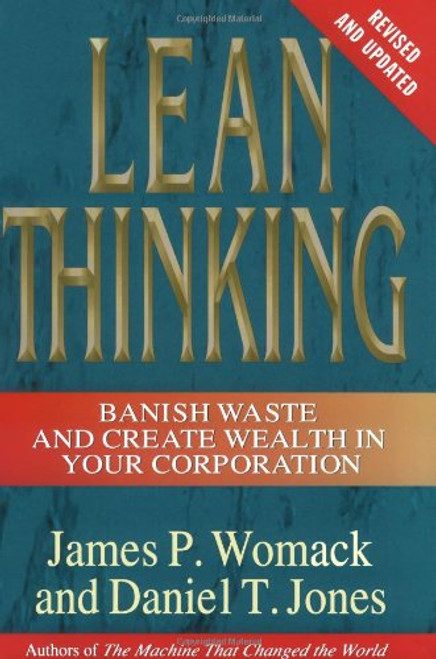The authors begin by summarizing the five inherent principles in any lean system:
- Correctly specify value so you are providing what the customer actually wants
- Identify the value stream for each product family and remove the wasted steps that don't create value but do create muda (waste)
- Make the remaining value-creating steps flow continuously to drastically shorten throughput times
- Allow the customer to pull value from your rapid-response value streams as needed (rather than pushing products toward the customer on the basis of forecasts)
- Never relax until you reach perfection, which is the delivery of pure value instantaneously with zero muda. (The first part of Lean Thinking devotes a chapter to each of these principles.)
In the second part, the authors describe in detail how managers in a wide range of companies and industries - small, medium and large, North American, European, and Japanese - transformed their business by applying the principlesof lean thinking. Chapters are devoted to Pratt & Whitney, Wiremold and Lantech in North America, Porsche in Germany, and Showa Manufacturing in Japan.
Based on these cases and many others as well, the authors summarize in the last part of Lean Thinking the necessary steps in the necessary sequence to apply lean thinking successfully in your business. They pay special attention to the need to map product-family value streams at the outset in order to identify the most important areas for improvement and to avoid wasted effort on activities that may be technically challenging but which are of little importance to your business.
Lean Thinking has sold more than 300,000 copies in the English language hardcover version alone because it's an indispensable companion for every manager making the lean journey.








